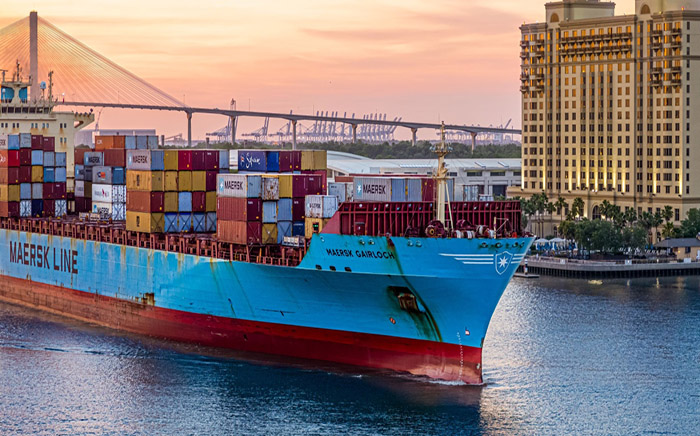
The short-lived ILA strike has not dampened import growth for 2024, as U.S. retailers are now projecting a rise in imports compared to last year. Nonetheless, while October imports will be impressive, the story might not extend into November and December. Meanwhile, the air freight market continues to handle more volumes despite the geopolitical crisis in the Middle East and the lack of adequate infrastructure, which has shrunk capacity.
Continue reading to explore the latest news and trends impacting the freight world.
As the holiday shopping season ramps up, the consumer market remains stable, signaling similar consumer demand compared to previous years. The National Retail Federation also forecasts a growth in holiday spending, predicting a 2.5% to 3.5% increase. However, there is a notable change in how retailers manage e-commerce deliveries.
They are spreading out shipments over a few days instead of the typical same-day or next-day shipments. This reduces labor costs while meeting customer expectations. Meanwhile, logistics executives are optimistic that freight volumes will remain stable, which might signal the end of a long trucking freight recession.
The air cargo sector has had a strong year to date. And volumes of goods shipped have risen approximately 12% compared to the same point last year. The surge is driven by increasing demand for e-commerce shipments, particularly from Asia-Pacific, and cargo diversions due to Red Sea shipping delays.
Because of the high demand, spot rates for air cargo have reached new highs, with shipments up 9% in September. August and July saw growth of 14% and 11%, respectively. E-commerce is responsible for over 20% of global air cargo volume. However, capacity continues to be a significant problem as the crisis in the Middle East persists, while reduced widebody aircraft availability puts pressure on capacity.
The three-day strike by dockworkers at East and Gulf Coast ports at the beginning of October could potentially lead to a delayed reduction in shipping capacity for the month, with shippers set to feel the lasting effects well into November. This is according to Lars Jensen, CEO of Vespucci Maritime. Though short-lived, the strike caused significant disruptions, resulting in an approximate 17% drop in capacity on the Asia-to-US East Coast trade lane by mid-November.
Disruptions like these can create significant logistical challenges for carriers, as equipment availability and vessel schedules are thrown off, delaying shipments globally. The effects of the October strike will begin to ease by mid-November, but concerns of further supply chain strain linger as the ILA and USMX continue to negotiate.
In Sep. ‘24, U.S. sales of medium-duty trucks (Classes 4-7) experienced a 9.4% year-over-year drop, with a total of 18,316 units sold, down from 20,216 in the same month last year. The month-to-month decline was even more dramatic, with sales plunging 19.6% from 22,797 units in August. However, the most significant downturn occurred in Classes 4 and 5, which saw a 20.2% decline, selling 7,333 units.
Class 6 trucks also experienced a 16.6% drop, moving 5,381 units. However, Class 7 bucked the trend, with sales surging 22.3% year-on-year to 5,602 units. Industry experts say that despite the challenges, the medium-duty market still shows strength, with steady demand and strong production backlogs.
As the 2024 peak shipping season nears its end, U.S. retailers project a slight year-over-year rise in October imports. This is despite the brief strike by the International Longshoremen’s Association (ILA) on the East and Gulf coasts and its impact on operations. The National Retail Federation (NRF) forecasts a 3.1% increase in October imports compared to last year.
However, growth in November and December imports is expected to be more modest. Retailers are increasingly confident that there will be no major disruptions to holiday deliveries. For 2024, U.S. imports are projected to rise by 12.1%, driven by precautionary measures taken earlier in the year in response to supply chain uncertainties.
The freight market has enough problems, but navigating them doesn’t have to be complex if you have the right tools and tech solutions. In the face of potential disruptions and complexities that threaten to cripple operations, a flexible and agile supply chain will prevail.
If you want that for your supply chain, why not leverage technology? For instance, with our solution, you have:
Zengistics is the smarter option for getting logistics done more efficiently. Connect with us today.